Understanding Autism Rates and Support Systems in Indiana
Introduction to Autism Prevalence in Indiana
Autism Spectrum Disorder (ASD) affects individuals across various demographics, presenting unique challenges to communities, healthcare systems, and educational institutions. In Indiana, understanding the prevalence and implications of autism is essential for fostering inclusive environments and providing adequate support.
Current Prevalence of Autism in Indiana
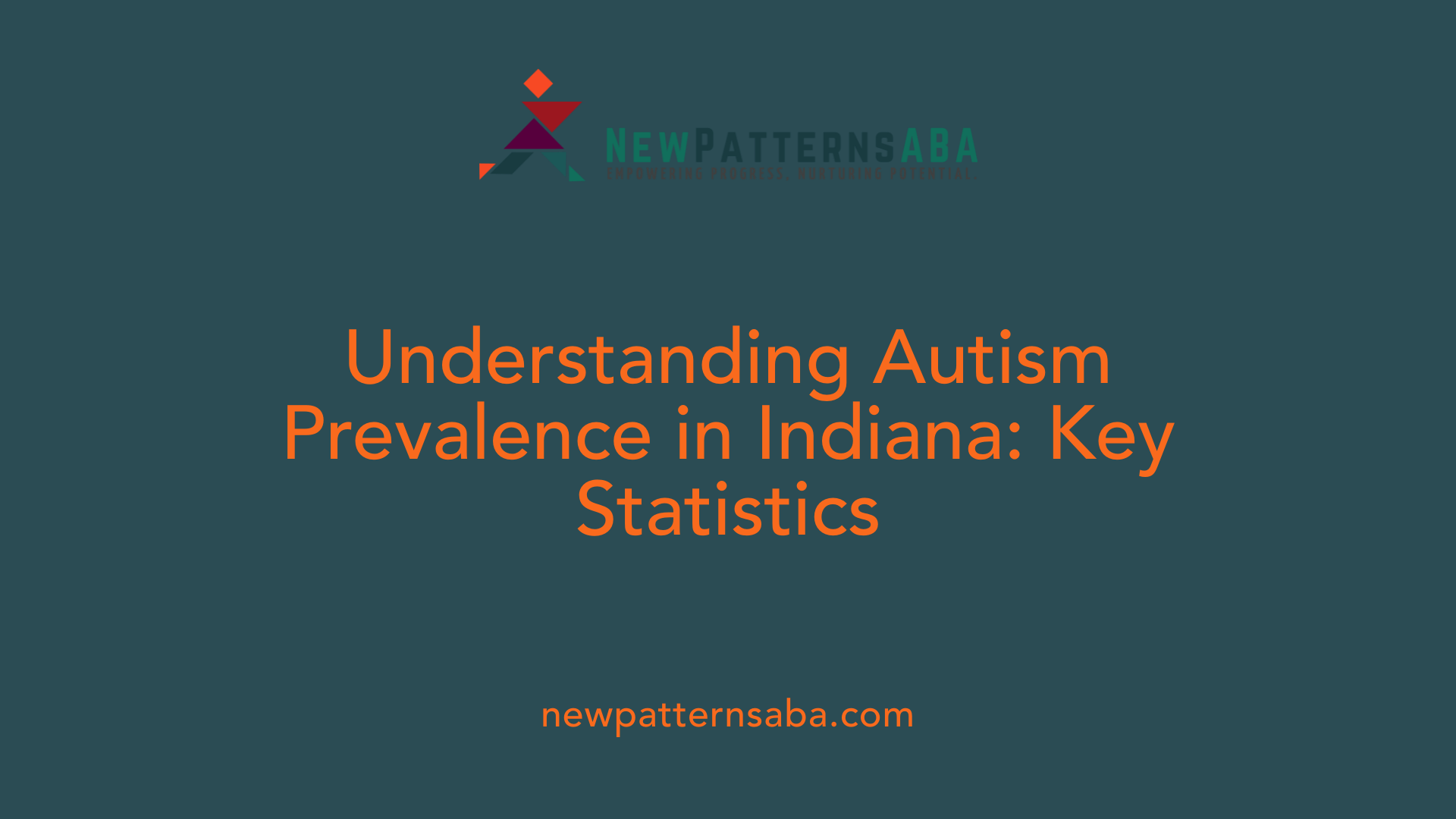
What is the prevalence rate of autism in Indiana?
In Indiana, the prevalence of autism spectrum disorder (ASD) is estimated to be 1 in 59 individuals. This figure reflects the growing recognition of autism across different demographics within the state. Current data illustrates that approximately 18,817 students have been identified with ASD, showing a rise from previous years which underscores the increasing rates of diagnosed cases.
How does the prevalence of autism in Indiana compare to other states?
While Indiana’s prevalence rate of autism is significant, it is notably lower than states like California, which reports over 40 out of every 1,000 children diagnosed with autism. Thus, with a translation of approximately 17 in 1,000 children having autism in Indiana, the state’s identification rate is within a typical range compared to national trends. Other states also display varying prevalence rates, with some approaching Indiana's figures while others report lower numbers.
Implications for healthcare services
The rise in autism identification rates suggests a pressing demand for enhanced healthcare services in Indiana. The increasing prevalence calls for integrated support systems, particularly as many children on the spectrum experience co-occurring challenges such as anxiety. Efforts like the Early Autism Evaluation Hub aim to reduce the age of diagnosis and ensure that services are accessible early on in children’s lives. This proactive approach is vital for improving long-term outcomes for families affected by autism in Indiana.
Aspect Indiana Prevalence Rate Comparison with Other States Implications for Services Estimated Rate 1 in 59 Lower than California's > 40/1,000 Increased demand for healthcare services Student Population 18,817 Varying rates across states Need for early intervention programs Co-occurring Conditions Increasing instances Varied across populations Focus on integrated support systems
Demographic Challenges and Diagnosis Trends
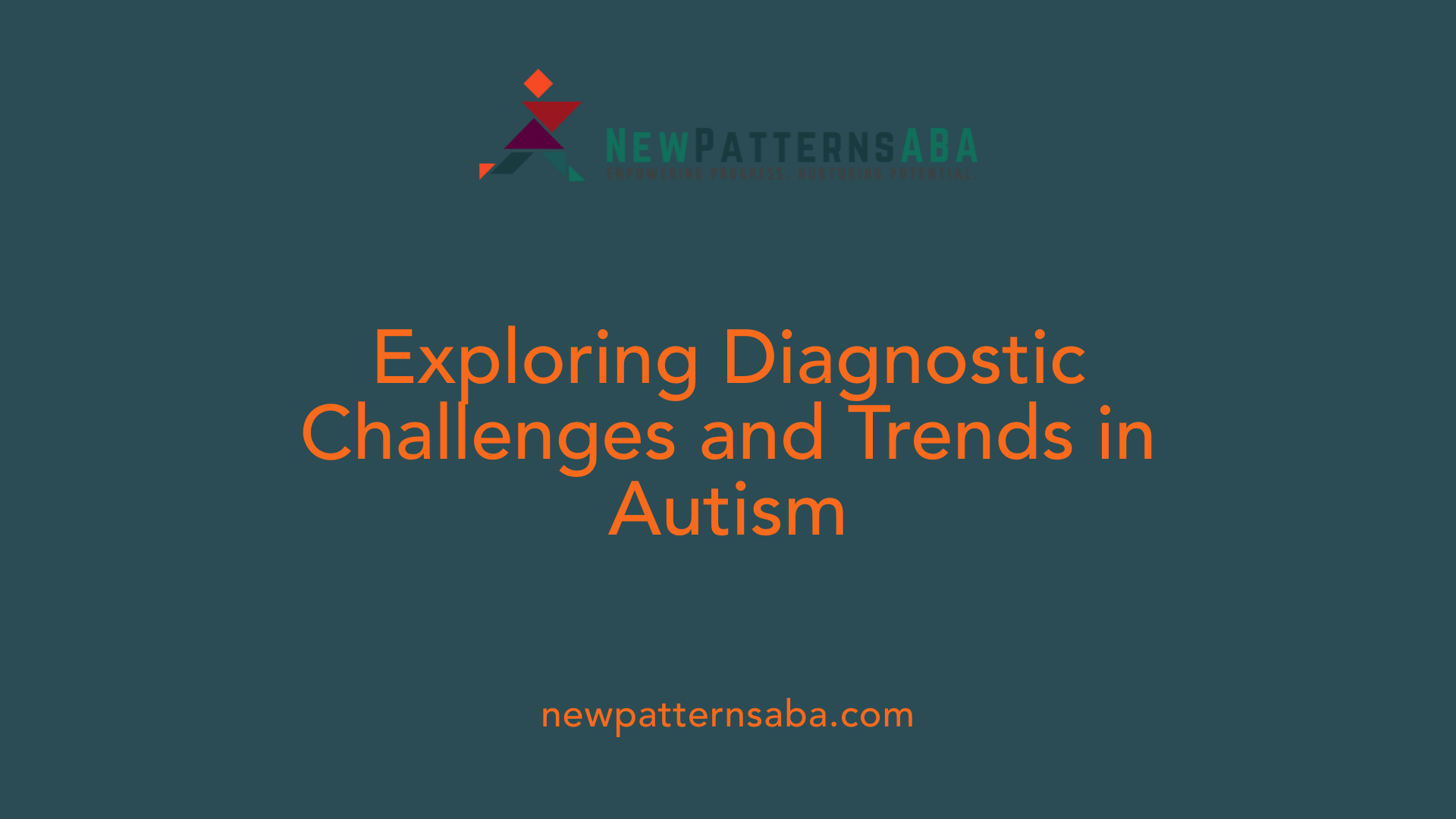
Diverse impact across different groups
Autism Spectrum Disorder (ASD) affects individuals across all racial, ethnic, and socioeconomic groups, indicating that autism has a widespread impact. In Indiana, the estimated prevalence of autism is reflected in the national statistic of 1 in 44 births. Notably, the proportion of males to females diagnosed with autism shows significant disparity, with men being diagnosed at a rate of approximately 3.63% compared to just 0.89% for females.
Challenges in autism diagnosis
Diagnosing ASD presents several challenges. Girls often exhibit different characteristics, which means they might be overlooked or diagnosed later than boys. Additionally, there are notable racial disparities impacting diagnosis; children from black and brown communities often receive their diagnoses later than their counterparts. Co-occurring conditions, such as anxiety and ADHD, further complicate the diagnostic journey, making it critical to improve recognition and support.
Current trends in diagnosis
In Indiana, identification rates have fluctuated recently, reflecting a shift from 1 in 66 to 1 in 63 during the 2022-2023 school year, with 18,817 students diagnosed under ASD. The average age of diagnosis remains around 5.5 years, with many diagnosed as early as 3. This demonstrates the growing need for resources and awareness, despite the obstacles faced in diagnosis.
Adult Autism Rates and Living Situations in Indiana
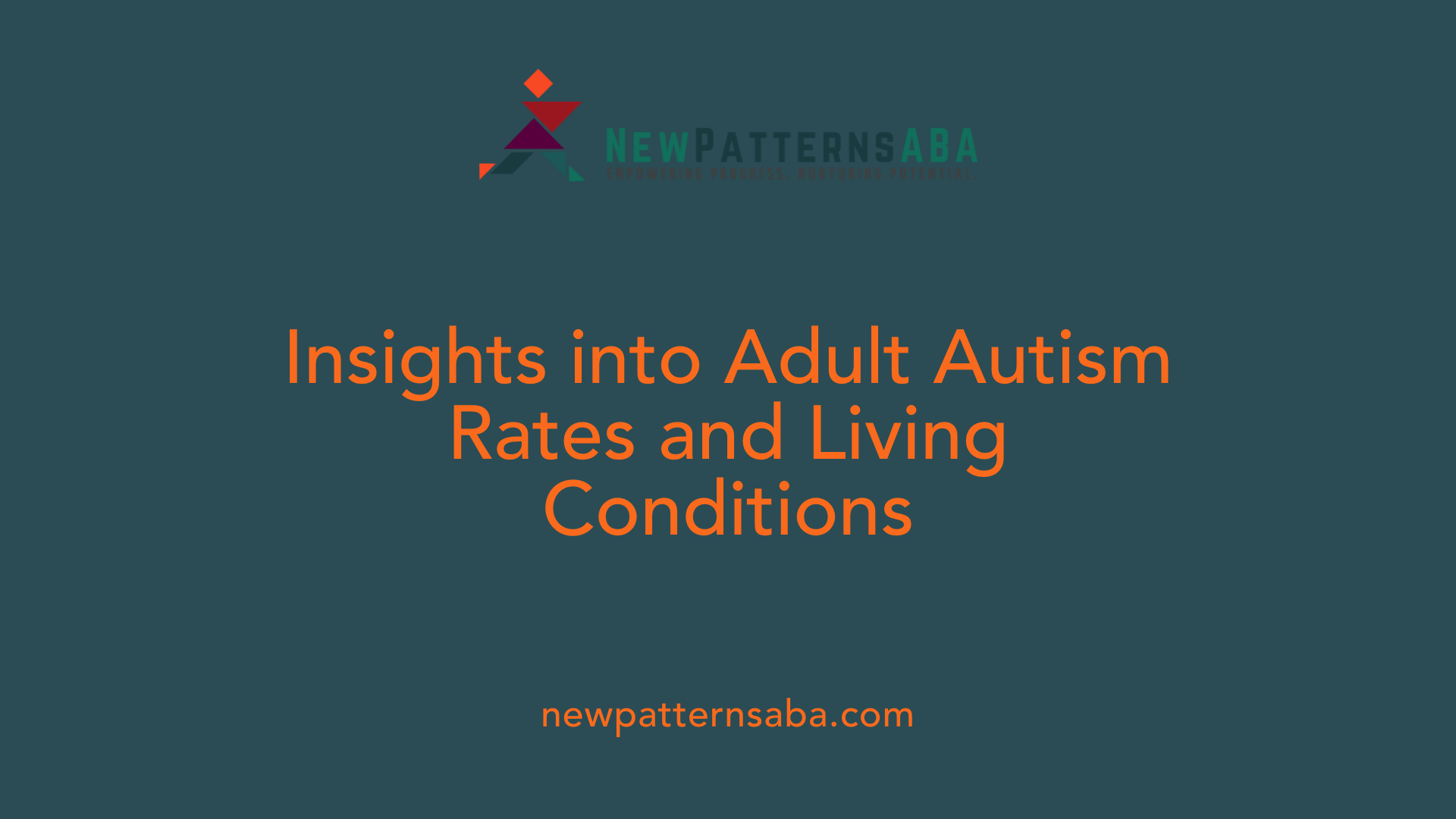
Autism prevalence among adults
In Indiana, autism spectrum disorder (ASD) affects an estimated 111,067 adults aged 18 to 84, representing a prevalence rate of 2.24%. This reflects a notable segment of the population, indicating that autism continues to be an important public health issue. Of those diagnosed, approximately 88,575 are males, which highlights a significant disparity in prevalence rates compared to females.
Gender disparities
The ratio of autism cases in Indiana reveals substantial gender differences. Males have an estimated prevalence rate of 3.63%, while females have a considerably lower rate of 0.89%. This results in approximately 22,492 females diagnosed with ASD. National trends support these findings, with studies indicating that males are diagnosed with ASD at a rate approximately four times higher than females.
Living conditions for adults with autism
Living situations for adults with autism in Indiana are predominantly family-oriented. Among surveyed individuals, 82% of those aged over 18 continue to live at home with family, showcasing strong family involvement in care and support. This statistic aligns with broader trends, where many adults with ASD remain in familial living arrangements well into adulthood. The importance of family support cannot be overstated, as it plays a vital role in enhancing quality of life for individuals on the spectrum.
Initiatives for Early Diagnosis and Intervention
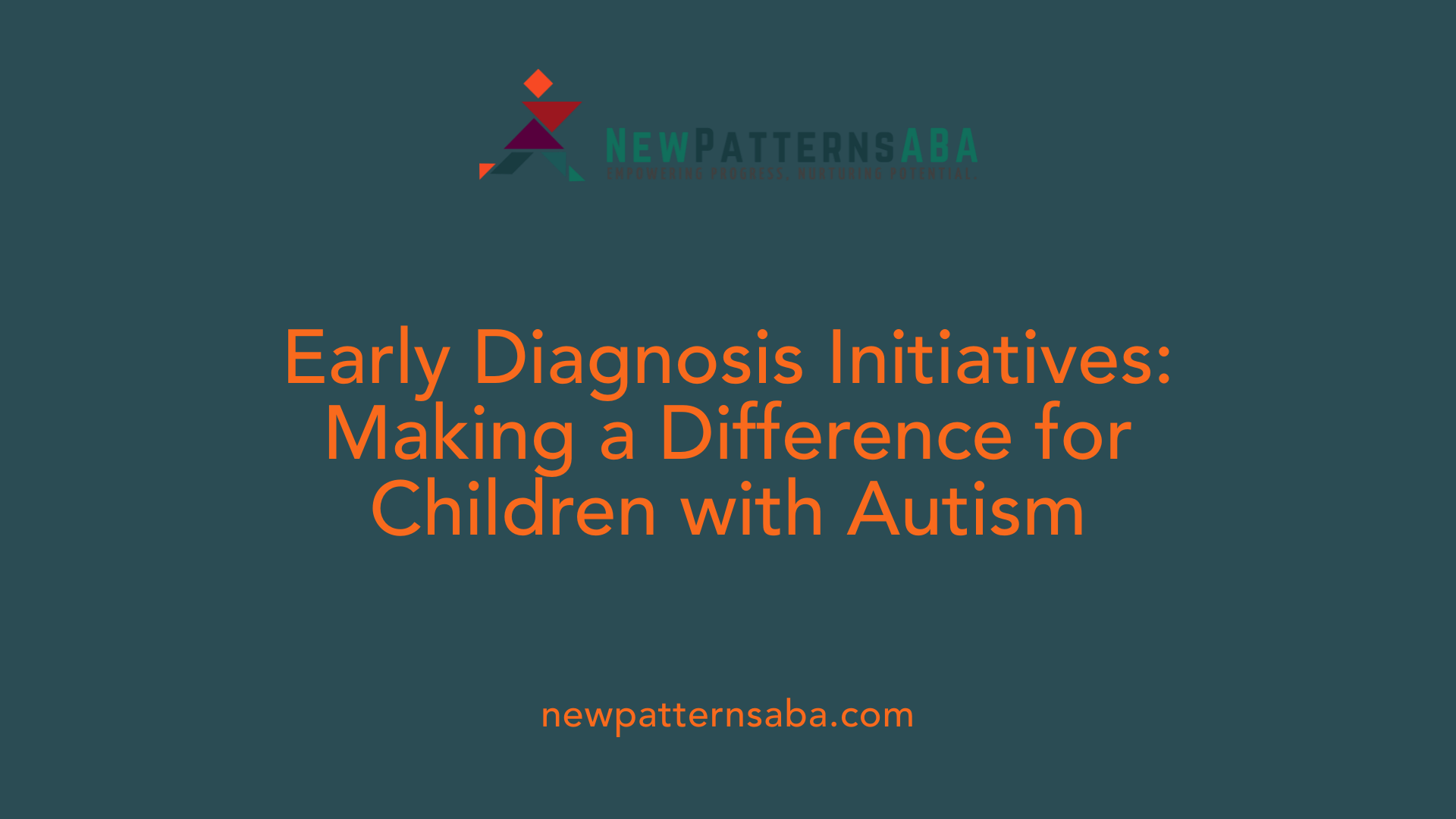
Early Autism Evaluation (EAE) Hub
The Early Autism Evaluation (EAE) Hub is a progressive initiative in Indiana designed to enhance autism diagnosis for children. This statewide network focuses on improving developmental screenings and provides diagnostic evaluations specifically for toddlers at risk for autism spectrum disorder (ASD).
Efforts to Reduce Age of Diagnosis
One of the key goals of the EAE Hub is to lower the average age of diagnosis, which currently stands at 5.5 years in Indiana. By encouraging earlier identification of ASD, the program aims to facilitate timely intervention, leading to improved outcomes for affected children and their families. Recent projects tracking autism prevalence are indicative of Indiana's commitment to active monitoring of this developmental disorder.
Support Programs
In addition to diagnosis, the EAE Hub seeks to develop equitable service models that streamline access to necessary interventions. These support programs are vital in ensuring that all families receive the assistance they need in navigating the complexities surrounding autism. The ongoing efforts reflect the increasing recognition of autism as a significant developmental issue within the state and the urgent demand for comprehensive support services.
Resources and Support Systems for Individuals with Autism
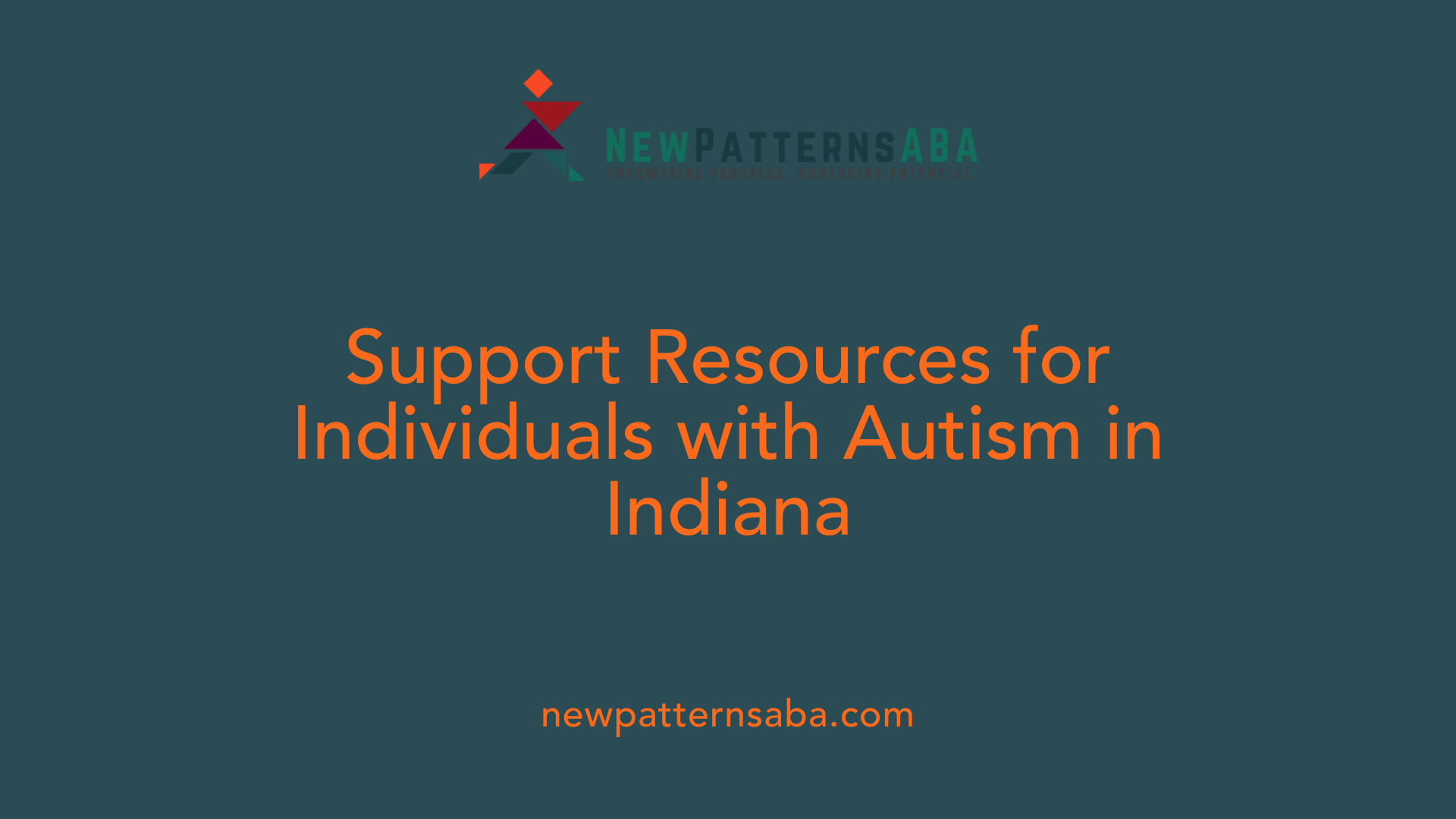
Supportive measures in Indiana
Indiana is generally considered a supportive state for people with autism, with various measures in place to assist individuals and their families. The Early Autism Evaluation (EAE) Hub system aims to enhance developmental screenings and improve diagnostic evaluations for toddlers at risk for autism spectrum disorder (ASD). This initiative helps lower the age of diagnosis and ensures early intervention, which is critical for improving long-term outcomes.
Insurance laws and mandates
The state has established autism insurance laws that facilitate access to necessary care and services. These laws help families obtain coverage for a range of therapies and interventions, reducing financial burdens often associated with autism care. Specifically, Indiana mandates insurance coverage for behavioral therapies, which is essential for effective treatment.
Organizations providing support
Numerous organizations within Indiana are dedicated to offering education, support, and advocacy for individuals with autism and their families. These organizations play a vital role in creating awareness and providing resources tailored to meet the specific needs of those with autism, promoting a more inclusive environment in communities across the state.
CategoryDescriptionExamples Support Measures Programs for early screening and intervention EAE Hub system Insurance Mandates Laws ensuring coverage of therapies Behavioral therapy coverage Support Organizations Advocacy groups and resources for families Autism Society of Indiana, local nonprofits
Conclusion: Moving Forward with Awareness and Action
As autism prevalence continues to rise both nationally and within Indiana, understanding the state-specific challenges and opportunities becomes crucial for families, healthcare providers, and policymakers. By enhancing early intervention programs, addressing diagnostic disparities, and ensuring robust support systems, Indiana aims to improve outcomes for individuals with ASD and their families.
References
- Facts & Statistics - Autism Society of Indiana
- Prevalence of Autism Spectrum Disorders in Indiana: Articles
- [PDF] Indiana Autism Spectrum Disorder Needs Assessment
- Autism Rates by State 2024 - World Population Review
- National and State Estimates of Adults with Autism Spectrum Disorder
- Autism Research | Access to Autism Care | Indiana Health
- Prevalence of Autism Spectrum Disorders in Indiana






